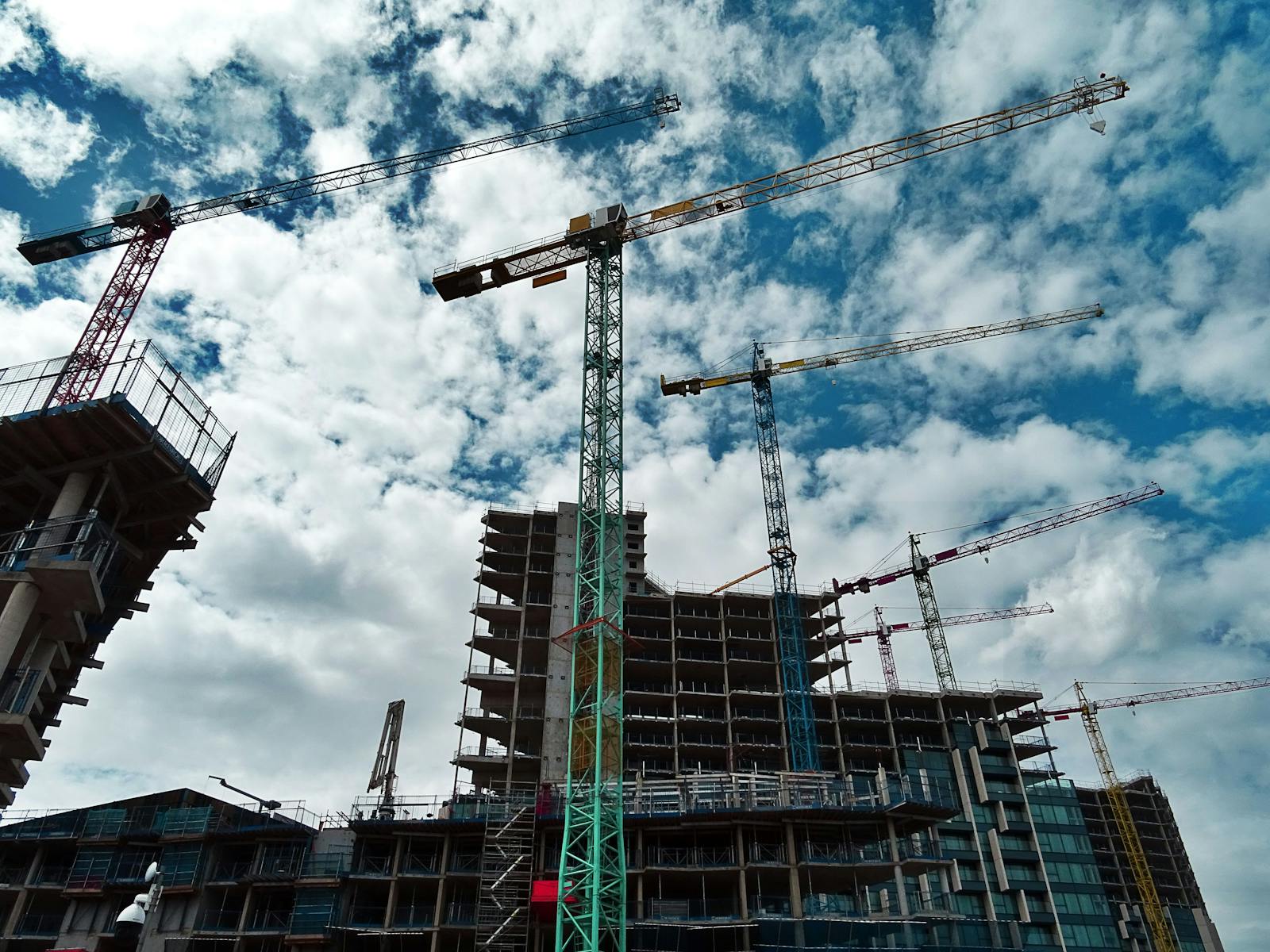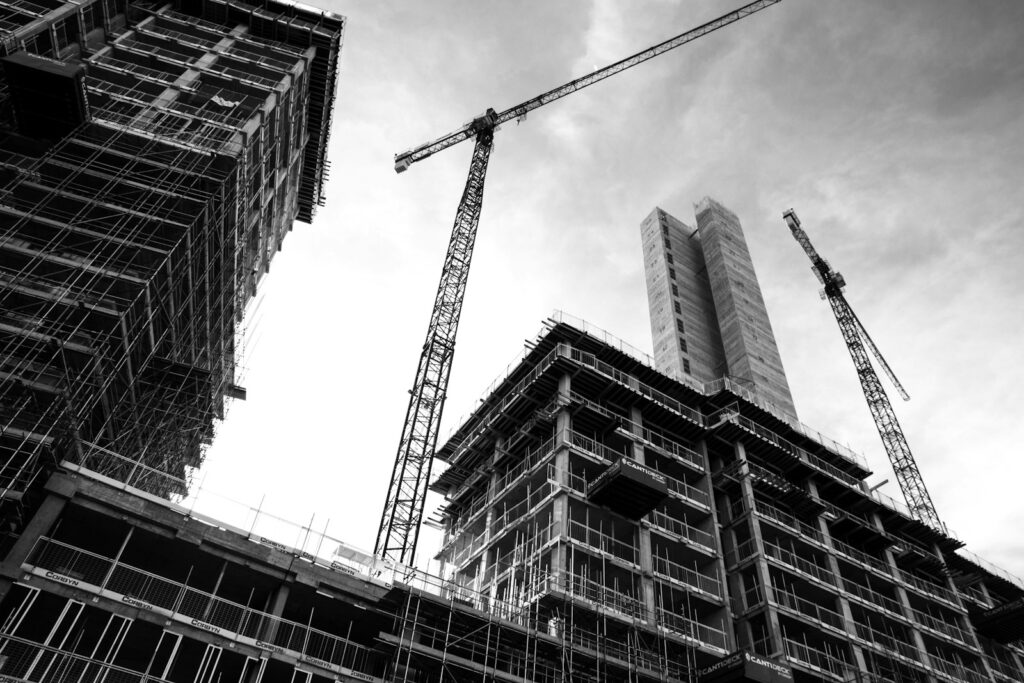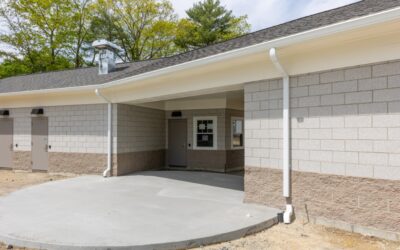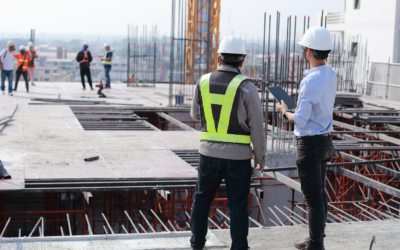When embarking on a construction project, choosing the right project delivery method can make all the difference. Design-build, an emerging favorite in the construction industry, is celebrated for its efficiency, seamless collaboration, and cost savings. South Coast Improvement stands at the forefront of this approach as a leading design build contractor, responsible for both design and construction services, offering expertise and excellence that earned them the prestigious Bronze Award by the Design-Build Institute of America in 2022.
But why is design-build a preferred method, and how can South Coast Improvement bring your project vision to life? This guide will break down everything you need to know about design-build, its process, advantages, and why South Coast Improvement is the ideal partner for your next commercial construction project.
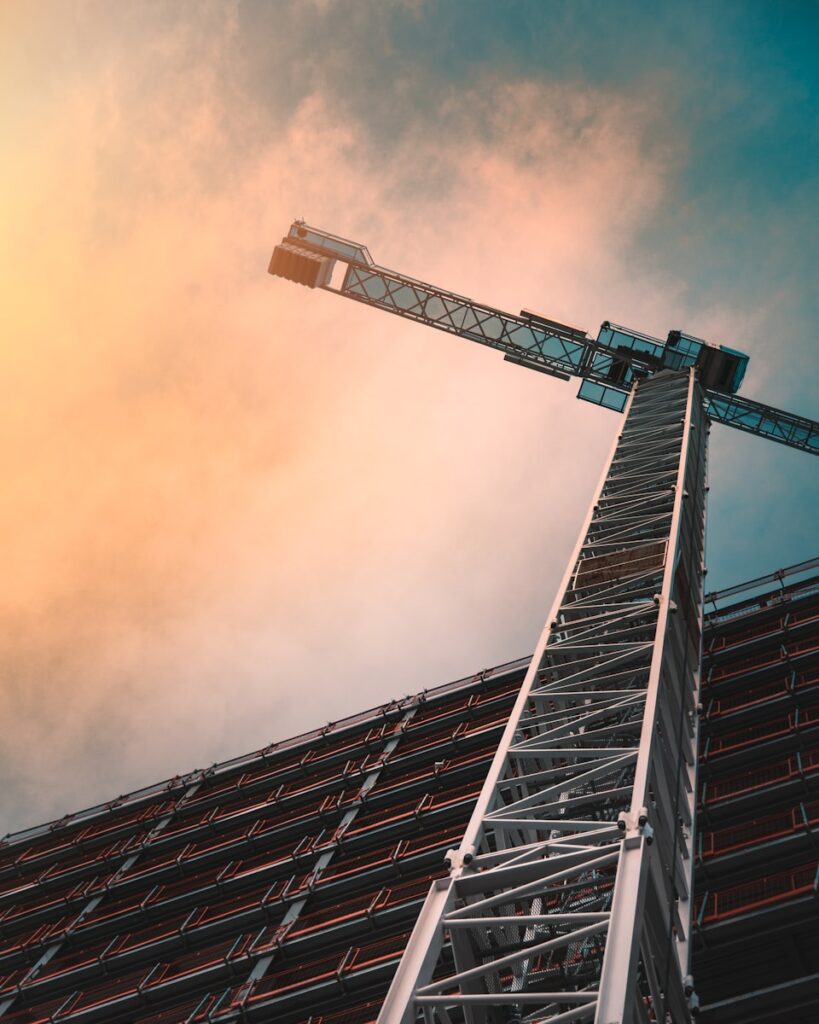
Photo by James Sullivan on Unsplash
Introduction to Design Build
Design-build is a project delivery method that has gained significant traction in the construction industry due to its ability to provide cost savings, improved project quality, and enhanced collaboration among project teams. Unlike traditional methods, where design and construction services are procured separately, the design-build method consolidates these services under a single entity known as the design builder. This approach offers a single point of contact for the project owner, streamlining the construction process and reducing the risk of errors and delays.
The design-build method is particularly effective in commercial construction, where timely project completion and adherence to budget are critical. By integrating design and construction services, the design-build method ensures that all project team members, including architects, engineers, and contractors, work collaboratively towards a common goal. This collaborative nature not only fosters better communication but also enables the team to identify and solve problems more efficiently, resulting in fewer disputes and claims.
The Design Build Institute of America (DBIA) plays a pivotal role in promoting the use of design-build project delivery methods. The DBIA provides valuable resources and guidance for project owners, design builders, and other stakeholders, ensuring that best practices are followed. Their guidelines cover various aspects of design-build projects, including procurement, contracting, and execution, to ensure successful project outcomes.
In summary, the design-build method offers a streamlined, efficient, and collaborative approach to construction, making it an increasingly popular choice for delivering high-quality projects on time and within budget.
What Is Design Build?
design-build is a project delivery method that consolidates design and construction services under one contract, promising single-source accountability. Unlike traditional methods, where design and construction teams work separately (known as design-bid-build), the design-build method consolidates architecture, design, and construction under a single contractor, placing all project responsibility on a single entity.
This integrated approach eliminates the complexities of managing separate contracts for architects and contractors. Instead, teams work collaboratively from the initial design phase through to construction completion, ensuring cohesion and efficiency throughout the building process.
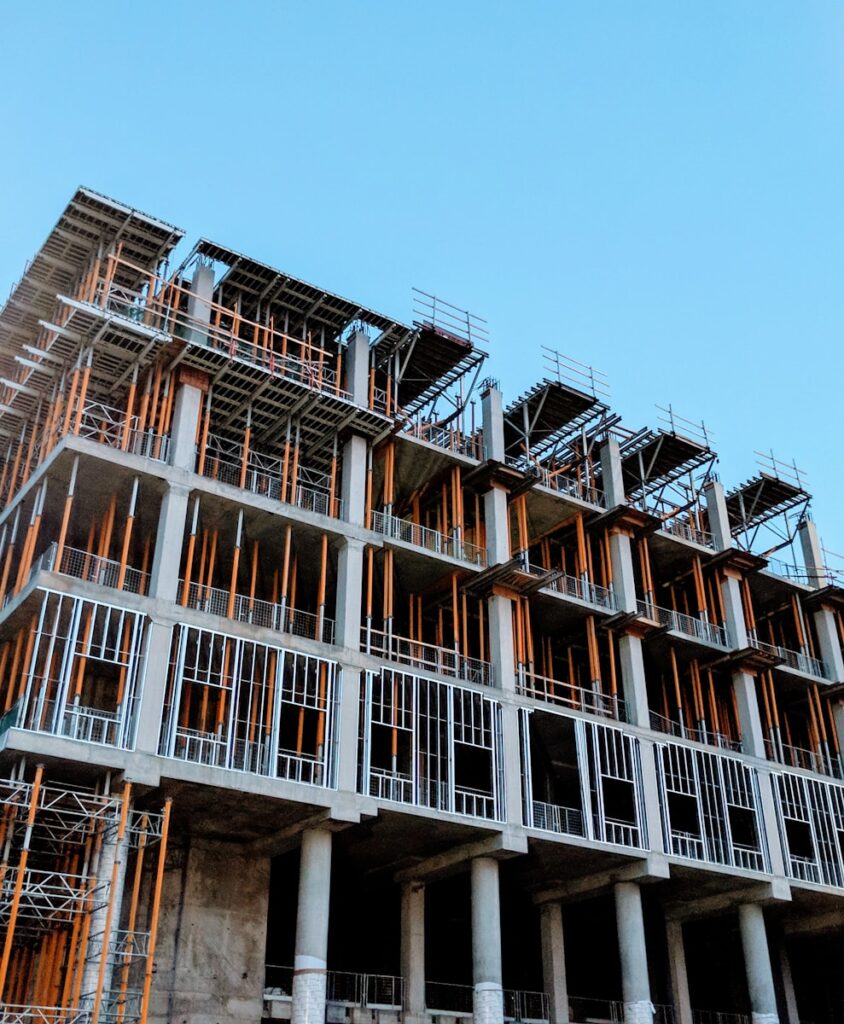
Photo by Tolu Olubode on Unsplash
The Five Phases of the Design Build Process
Implementing a design-build approach involves early involvement in the design process, which is crucial for better cost estimates and risk mitigation. Here’s how South Coast Improvement carries out design-build projects step by step to deliver top-tier results for clients.
1. Concept Phase
This phase begins with defining the project’s goals, including functional requirements, estimated budget, and desired timeline. Aligning the team’s efforts with the project’s goals ensures open communication and transparency among all stakeholders. South Coast Improvement prioritizes fully understanding the client’s vision, laying the groundwork for efficient decision-making.
2. Design Phase
With the project vision outlined, South Coast Improvement’s design team creates architectural designs and preliminary drawings, integrating architectural design with the construction phase. During this phase, feedback loops ensure the client’s preferences are integrated seamlessly. The collaborative nature of this phase reduces design errors and keeps the project schedule on track.
3. Pre-Construction Phase
The pre-construction phase includes refining budgets, procuring initial materials, and preparing a detailed construction schedule. Compared to the construction manager at risk (CMR) method, the design-build approach can significantly improve efficiency and cost-effectiveness. One hallmark of South Coast Improvement’s approach is identifying long-lead items early, which minimizes delays in the construction phase.
4. Construction Phase
During the construction process, the design-build team manages every aspect, from ensuring work aligns with the design plan to maintaining constant communication with the client. South Coast Improvement’s on-site expertise ensures smooth execution and solving problems, resulting in fewer disputes and reduced costs.
5. Post-Construction Phase
Even after the construction phase is complete, South Coast Improvement supports clients through post-construction services, ensuring satisfaction with the finished project. Instructional videos play a crucial role in the post-construction handoff process, aiding owners and facility managers in understanding and managing their new or renovated facilities effectively. This includes resolving any final adjustments and following up on long-term performance.
Design Build vs Traditional Methods
The design-build method stands in stark contrast to traditional construction methods, such as design-bid-build. One of the most significant differences is the provision of a single point of contact for the project owner, which reduces the risk of errors and delays. In traditional methods, separate contracts for design and construction services often lead to a lack of coordination and communication among project team members, resulting in inefficiencies and potential conflicts.
In the design-build method, a single contract covers both design and construction services, ensuring that all project team members are aligned and working together towards a common goal. This unified approach not only enhances communication but also incentivizes the design builder to provide the most efficient and cost-effective solutions. As a result, project owners can benefit from significant cost savings and a more streamlined construction process.
Flexibility is another key advantage of the design-build method. Unlike traditional methods, which can be rigid and resistant to changes, the design-build approach allows for adjustments to be made during the construction phase without incurring significant costs or delays. This adaptability is particularly beneficial in commercial construction projects, where unforeseen challenges and changes in scope are common.
The design-build method has been shown to result in faster project completion times, reduced costs, and improved project quality. However, it is essential to carefully evaluate the suitability of the design-build method for each project, considering factors such as project complexity, size, and budget. By doing so, project owners can ensure that they are choosing the most appropriate delivery method for their specific needs.
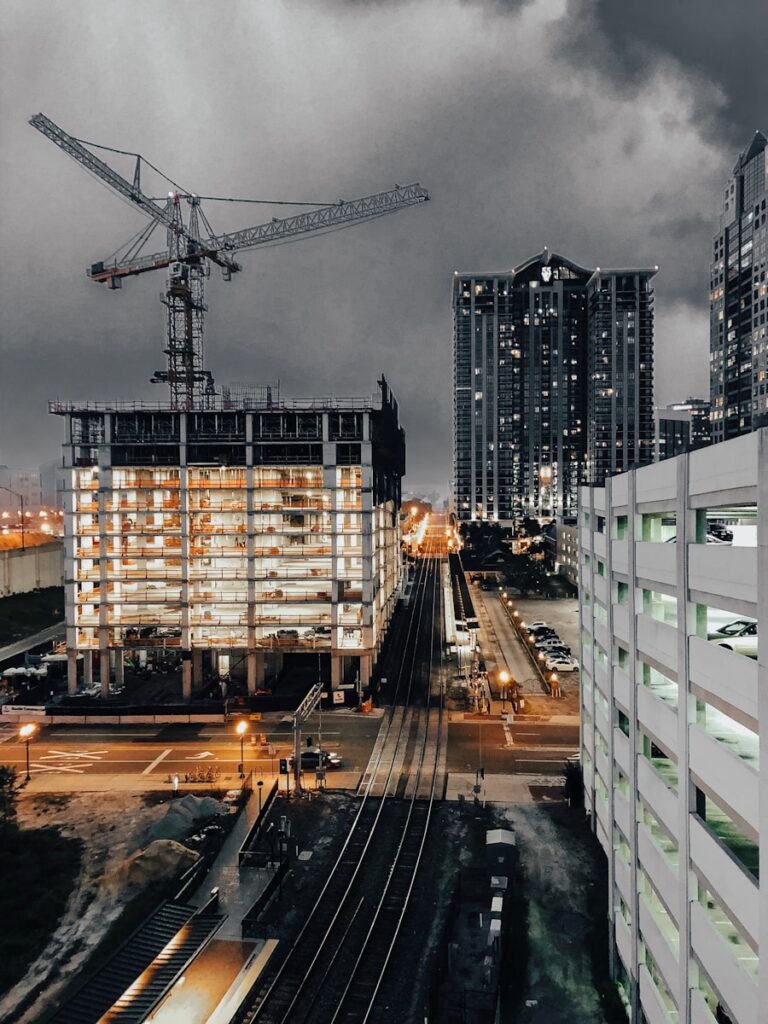
Photo by Nathan Waters on Unsplash
Design Build vs Spec Build
How does the design-build method differ from spec build (or speculative build), and why should you choose one over the other?
Spec Build:
- A speculative build is where contractors construct buildings without a specific end-user in mind, hoping to attract buyers or tenants later.
- Little to no client customization is possible.
- Often involves separate contracts, leading to potential delays and communication challenges.
Design Build:
- Tailored to meet the client’s specific needs, aligning with functional and design preferences.
- Managed by a single entity, vastly improving communication and reducing delays.
- Offers the flexibility to make adjustments during the construction process.
South Coast Improvement’s design-build projects emphasize customization and seamless collaboration. By eliminating the fragmented communication typical of spec builds, clients experience a smoother, more efficient project schedule, resulting in measurable cost savings. Additionally, the design-build method delivers best value solutions by integrating value engineering early in the design process, addressing cost, schedule, and constructability issues effectively.
Construction Industry Overview
The construction industry is a significant sector of the economy, with construction spending accounting for a substantial proportion of GDP in many countries. This industry encompasses a wide range of construction methods, including traditional design-bid-build, design-build, and integrated project delivery. Each method offers unique advantages and challenges, catering to different project requirements and goals.
Despite its importance, the construction industry faces several challenges, including labor shortages, material price volatility, and environmental sustainability concerns. These challenges necessitate innovative solutions and adaptive strategies to ensure successful project delivery. One such solution is the increasing use of technology, such as building information modeling (BIM) and virtual design, which enables more efficient and effective project management.
Sustainability is also becoming a focal point in the construction industry, with a growing emphasis on energy-efficient buildings, green construction practices, and waste reduction. The design-build method is well-suited to address these sustainability goals, as its collaborative and integrated approach allows project teams to work together to deliver high-quality, sustainable projects on time and within budget.
The construction industry is expected to continue evolving, with the adoption of innovative technologies like modular construction and prefabrication becoming more widespread. These advancements promise to further enhance the efficiency and effectiveness of project delivery, making the design-build method an increasingly attractive option for project owners.
In conclusion, the construction industry is a dynamic and evolving sector, with the design-build method offering a forward-thinking approach to project delivery. By embracing collaboration, technology, and sustainability, the industry can continue to meet the growing demand for infrastructure, commercial, and residential construction projects.

Photo by Christopher Burns on Unsplash
Construction Contracts and Agreements
Construction contracts and agreements are a critical component of the design-build method, providing a clear outline of the project scope, timeline, and budget. These contracts ensure that all parties involved have a mutual understanding of their responsibilities and expectations, which is essential for the successful execution of the project.
A well-drafted construction contract should include several key elements, such as the project scope, payment terms, and dispute resolution procedures. The use of a single contract for both design and construction services is a hallmark of the design-build method, offering a single point of contact for the project owner. This unified contract simplifies communication and coordination, reducing the risk of misunderstandings and delays.
Provisions for changes to the project scope are also crucial in a design-build contract. These provisions allow for flexibility and adaptability, enabling the project team to make necessary adjustments without incurring significant costs or delays. Additionally, the contract should outline procedures for resolving disputes and claims, ensuring that any issues are addressed promptly and fairly.
Collaborative contracts, such as integrated project delivery (IPD) agreements, are often used in the design-build method. These agreements provide a framework for collaboration and communication among project team members, fostering a cooperative environment that enhances project outcomes. Standard contract forms, such as those provided by the American Institute of Architects (AIA) or the Design Build Institute of America (DBIA), can help streamline the contracting process and reduce the risk of disputes.
Regular review and updating of the construction contract are essential to ensure that it remains relevant and effective throughout the project duration. By maintaining a clear and comprehensive contract, project owners, design builders, and other team members can work together to achieve a successful project outcome.
In summary, construction contracts and agreements are vital to the design-build method, providing a clear and unified framework for project delivery. By ensuring that all parties are aligned and working towards a common goal, these contracts help to deliver high-quality projects on time and within budget.
Is Design Build More Expensive?
It’s a common misconception that design-build is inherently more expensive than traditional methods. While upfront costs may appear higher due to the integration of design and construction services, the long-term value more than compensates.
Here’s why design-build can provide greater financial efficiency over time:
- Cost Savings Through Efficiency: The collaborative nature of design-build minimizes design errors and conflicts, reducing expensive delays and rework.
- Streamlined Schedules: With South Coast Improvement’s ability to plan and execute simultaneously, projects are completed faster, saving money on labor and management costs.
- Fewer Change Orders: A clear, unified plan reduces unexpected changes during construction.
- Fewer Claims: Utilizing a team-oriented approach in design-build projects promotes better communication and transparency, leading to improved collaboration among stakeholders. This collaboration is essential for aligning the owner’s vision with project goals, facilitating smoother operations which result in fewer claims and a more streamlined, litigation-free construction process.
Ultimately, the design-build approach offers a best-value solution when considering time, quality, and long-term cost growth. South Coast Improvement stands out by consistently delivering cost-effective solutions without compromising on quality.
Why Choose South Coast Improvement for Design Build?
South Coast Improvement’s proven expertise in the design and construction industry sets them apart as a reliable design-build firm, making them a leader in design-build project delivery. Here’s why they’re trusted across the nation for superior results in commercial construction projects.
Single-Source Accountability
By serving as the sole point of contact, South Coast Improvement operates as one team, eliminating the disconnect between architects and contractors, giving clients peace of mind and clarity throughout the process.
Award-Winning Expertise
With notable recognition such as the 2022 Bronze Award from the Design-Build Institute of America, their reputation for excellence speaks volumes. When compared to other leading firms in the industry, such as The Korte Company, South Coast Improvement stands out for its award-winning expertise.
Tailored Service Packages
The efficient Design-Build Service Package avoids the traditional tug-of-war between the drawing room and the construction field. Emphasizing the importance of design build services in project procurement and execution, South Coast Improvement refines and executes projects from your initial idea to a completed reality.
High Client Satisfaction
Since 1990, South Coast Improvement has maintained a 90% repeat business rate, a testament to the quality of their services and the satisfaction of their clients, all working as part of the same team under the design-build model.
Geographic Reach
From Florida to Massachusetts, the company’s wide-ranging offices and expertise make it the perfect construction partner, no matter your location.
Streamlined Process
By identifying long-lead items early, preparing smart bid packages, and developing detailed construction schedules, South Coast Improvement consistently delivers projects on time and within budget, minimizing schedule delays.

Photo by Daniel McCullough on Unsplash
Reap the Benefits of Design Build Today
The design-build process offers an innovative, streamlined alternative to traditional construction methods. Progressive design build, a two-stage approach to design-build contracts, provides flexibility and mitigates risk for both owners and contractors. With South Coast Improvement at the helm, your commercial construction project gains the added benefits of single-source accountability, enhanced efficiency, and proven expertise.
Whether you’re planning a renovation, expansion, or new construction, now is the time to explore the unmatched value of design-build delivery systems.
Take the next step with South Coast Improvement and bring your vision to life. Contact us today to get started with a partner you can trust from concept to completion.
Ways to Learn More About Design-Build Construction
- Explore the Design-Build Institute of America (DBIA): Visit the DBIA website to access articles, resources, and case studies about design-build project delivery.
- Read Industry-Specific Blogs: Follow blogs like Construction Drive or Building Design + Construction for insights and trends in design-build construction.
- Watch Educational Webinars: Many organizations offer free webinars about design-build construction. Check out platforms like Engineering News-Record (ENR) for upcoming sessions.
- Attend Construction Industry Conferences: Participate in conferences like the DBIA National Conference & Expo to network and gain deeper insights.
- Enroll in Online Courses: Platforms like Coursera and Udemy offer courses on construction management, including design-build fundamentals.
- Read Notable Books on Design-Build: Reference books like Design-Build Essentials by Barbara Jackson provide in-depth knowledge of the principles and practices involved.
- Track Government and Industry Reports: Stay informed by reviewing reports on construction projects from sites like U.S. General Services Administration (GSA).
- Collaborate with Design-Build Contractors:Work directly with trusted contractors like South Coast Improvement to gain hands-on learning and guidance through your project.
These resources and strategies offer valuable insights into the world of design-build construction, helping you make informed decisions on your next project.
View Our Work
The Overlook – Masonic Health System
"We’re honored to have partnered with The Overlook on this transformative initiative. Our team brought specialized expertise in working within occupied senior living communities, delivering a seamless renovation that aligns with The Overlook’s exceptional standards of...
Hamilton Wenham
Their team was collaborative, responsive, and committed to our shared vision for this space, -Eric Tracy Superintendent, Hamilton-Wenham Regional School District We partnered with the Hamilton-Wenham Regional School District to deliver a brand-new athletic building...
